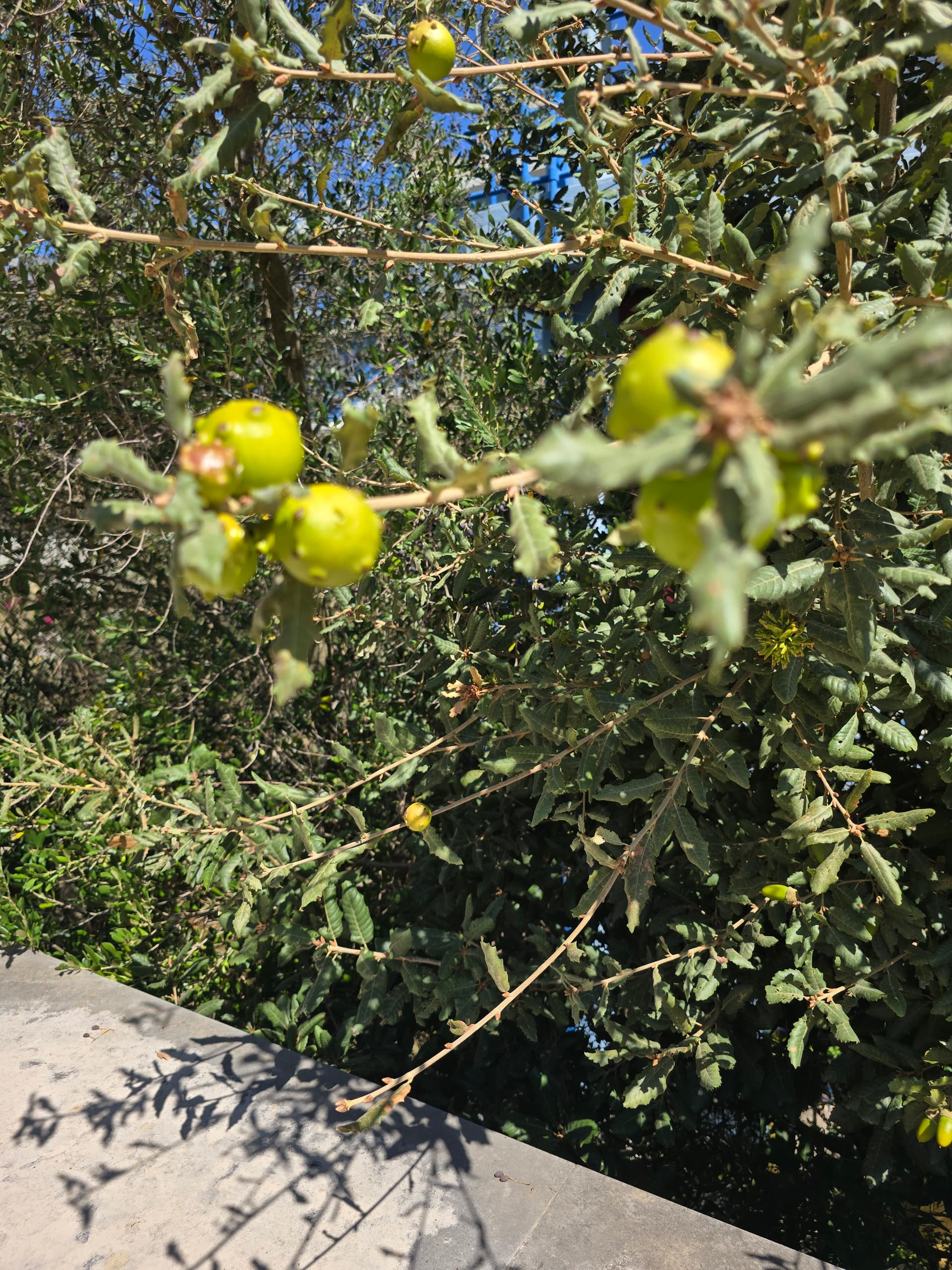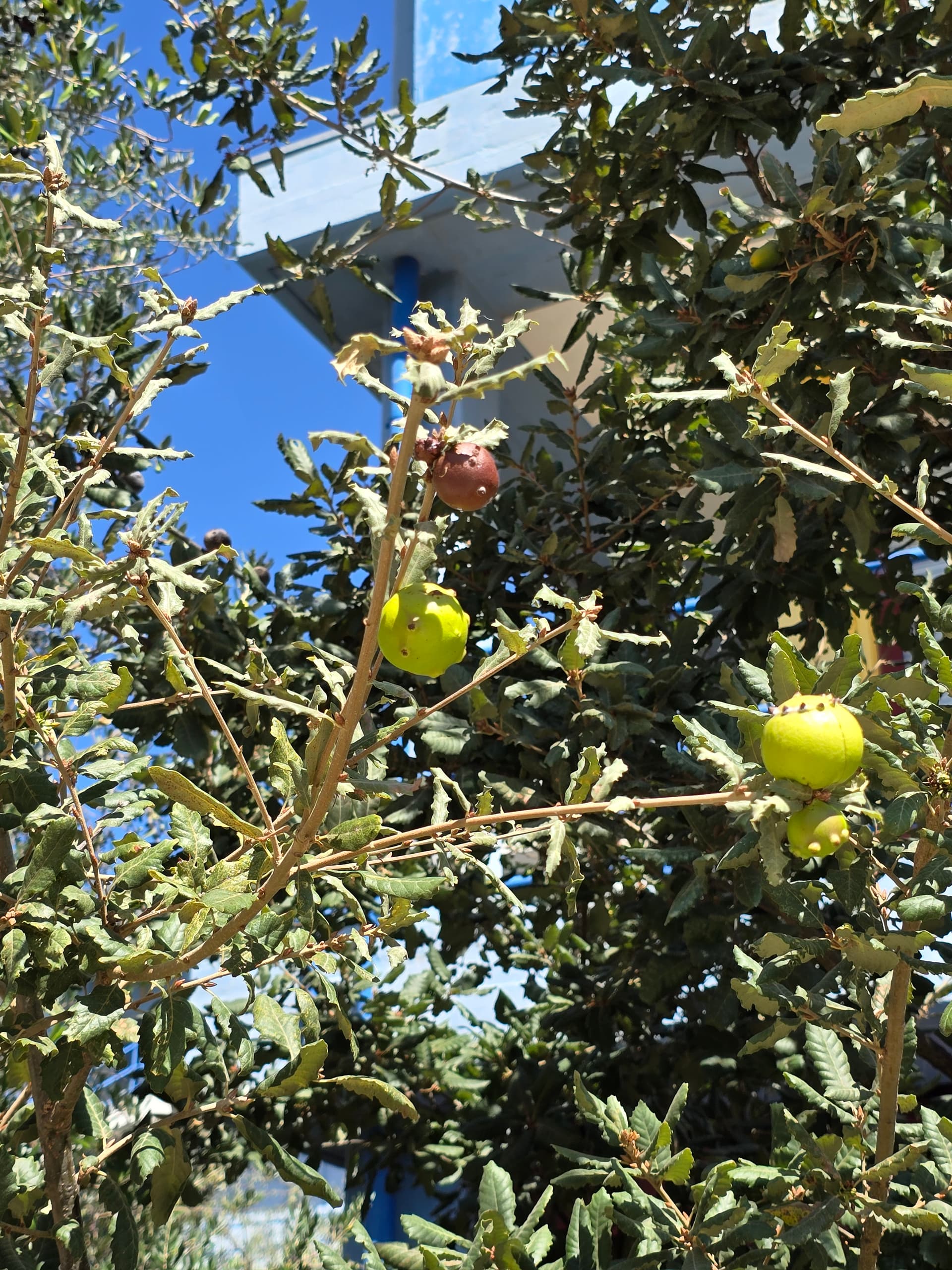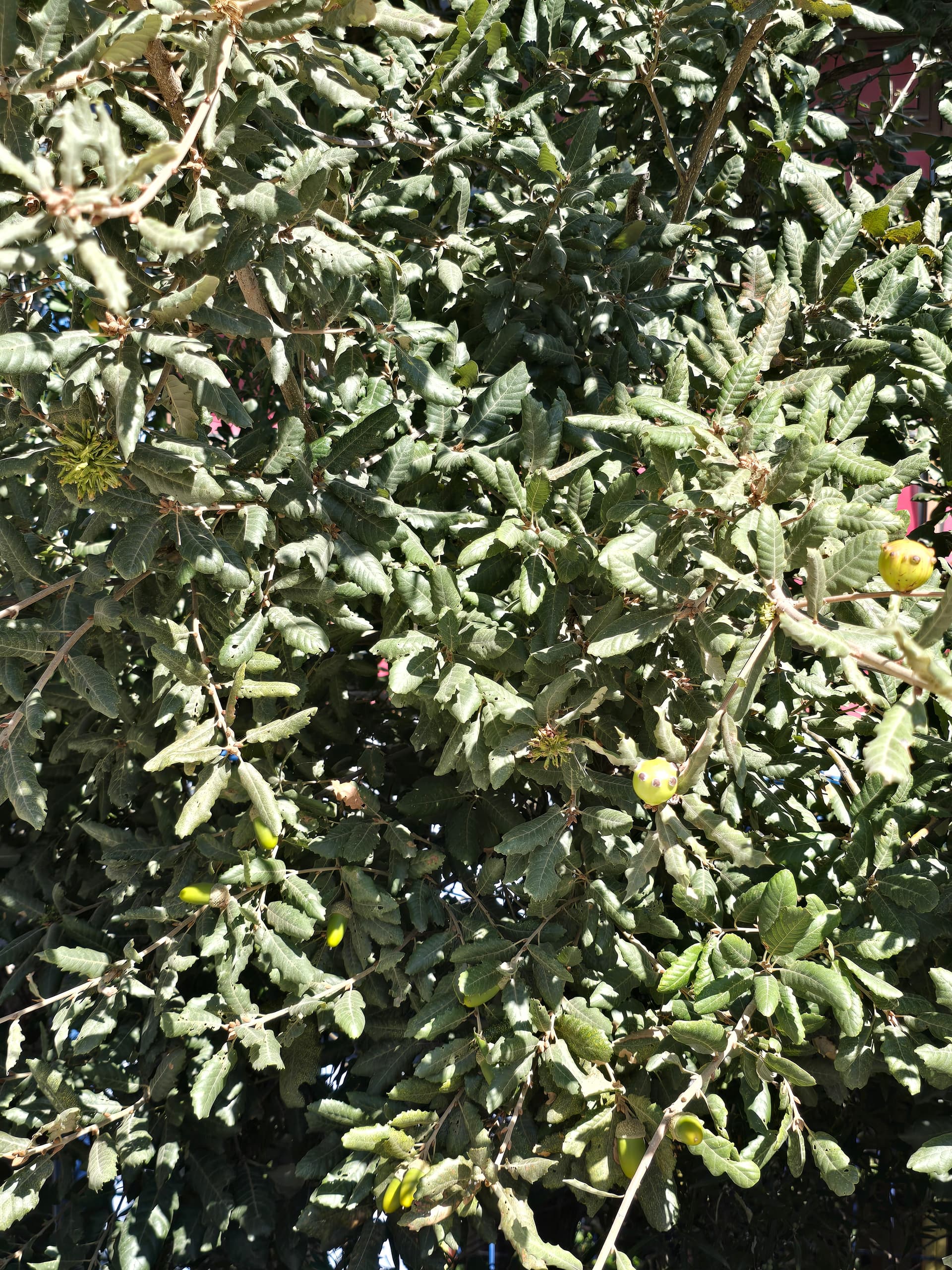Gemini Video Summary:
This analysis examines the botanical, nutritional, and medicinal properties of Stinging Nettle (Urtica dioica) based on the provided transcript from Adam Haritan of “Learn Your Land.”
A. Executive Summary
The presentation provides a comprehensive overview of Urtica dioica (Stinging Nettle), transitioning from its reputation as a nuisance to its status as a high-value nutritional and medicinal resource. The core thesis posits that the plant’s chemical defense mechanism—the sting—should not deter foragers, as simple processing methods effectively neutralize it.
Botanically, the speaker distinguishes between the native North American subspecies, Urtica dioica ssp. gracilis, and the European ssp. dioica. Key identification markers include opposite phyllotaxy (leaves arranged in pairs), coarsely serrated margins, and the presence of trichomes (stinging hairs). These trichomes function as biological hypodermic needles, injecting a cocktail of neurotransmitters (acetylcholine, histamine, serotonin) and acids (formic, tartaric, oxalic). Haritan emphasizes the importance of distinguishing U. dioica from lookalikes such as Wood Nettle (Laportea canadensis), which has alternate leaf arrangement, and False Nettle (Boehmeria cylindrica), which lacks stinging hairs.
Nutritially, stinging nettle is characterized as an exceptionally dense “superfood,” containing up to 30–40% protein by dry mass. It is a potent source of non-heme iron, calcium, magnesium, and notably, vitamin C (providing over four times the concentration found in oranges).
The medicinal segment focuses on three primary areas supported by clinical research:
-
Benign Prostatic Hyperplasia (BPH): Utilizing the rhizome to alleviate prostate enlargement symptoms.
-
Allergic Rhinitis: Using freeze-dried aerial parts to mitigate seasonal allergies.
-
Metabolic Health: Improving glycemic control and antioxidant status (Superoxide Dismutase) in diabetic patients.
Practical application involves harvesting during a specific six-week window in early spring when the plant is less than two inches tall to avoid the sting entirely. For mature plants, the speaker recommends harvesting tender tops and utilizing heat (cooking) or dehydration (tea) to deactivate the trichomes.
B. Bullet Summary
-
Defense Mechanism: Trichomes act as silica-tipped hypodermic needles that inject a chemical cocktail when broken.
-
Chemical Profile: The “sting” consists of acetylcholine, histamine, serotonin, and various organic acids.
-
Subspecies Variation: ssp. gracilis (Native US) has trichomes primarily on the leaf underside; ssp. dioica (European) has them on both sides.
-
Physical Architecture: Perennial growth reaching up to 6.5 feet, connected via an extensive underground rhizome system.
-
Leaf Arrangement: True stinging nettle always features opposite leaf arrangement (leaves directly across from one another).
-
Lookalike Differentiation: Wood Nettle has alternate leaves; False Nettle has no stinging hairs.
-
Protein Content: One of the highest plant-based protein sources, reaching up to 40% of dry weight.
-
Vitamin C Density: Contains ~238mg per 100g, significantly outperforming citrus fruits.
-
Mineral Profile: Exceptional source of non-heme iron, calcium, and magnesium.
-
BPH Treatment: Multiple double-blind trials support the use of nettle rhizome (root) for prostate health.
-
Antihistamine Properties: Evidence suggests freeze-dried nettle is effective for seasonal allergic rhinitis.
-
Glycemic Control: Studies indicate significant reduction in fasting blood glucose and HbA1c levels.
-
Antioxidant Induction: Consumption increases Superoxide Dismutase (SOD) activity to combat oxidative stress.
-
Harvest Window: Late March to April is the optimal time for “sting-free” raw harvesting.
-
Deactivation Methods: Heat (steaming/boiling) or complete dehydration permanently neutralizes the stinging mechanism.
-
Culinary Versatility: Can be used as a more nutrient-dense substitute for spinach in any recipe.
D. Claims & Evidence Table
| Claim |
Evidence Provided |
Assessment |
| BPH Alleviation |
Cited 3+ double-blind, randomized, placebo-controlled trials. |
Strong: Supported by clinical gold-standard research. |
| Diabetes Management |
Cited 2016 study on fasting glucose, HbA1c, and lipid profiles. |
Strong: Clinical data shows measurable metabolic shifts. |
| Vitamin C Content |
Comparative stats: 238mg (Nettle) vs 53mg (Orange) per 100g. |
Strong: Factually verifiable nutritional data. |
| Allergy Relief |
Study of 69 participants using freeze-dried extract; personal anecdote. |
Moderate: While clinical, participant size (69) is relatively small. |
| Protein Content |
Claimed 30–40% dry mass. |
Strong: Consistent with USDA and botanical data. |
| Safety of Young Plants |
Personal demonstration handling young plants without gloves. |
Speculative: Sensitivity varies; “young” is subjective to microclimates. |
E. Actionable Insights
-
Spring Harvesting: Target a 6-week window in early spring (March/April) to harvest plants under 2 inches for the best texture and lowest sting risk.
-
Rhizome for Men’s Health: For BPH symptoms, focus on the underground rhizome rather than leaves, prepared as a decoction or tincture.
-
Allergy Management: Use freeze-dried capsules of aerial parts rather than standard dried tea for maximum antihistamine effect.
-
Metabolic Boost: Integrate nettle broth or cooked leaves into the diet to improve insulin sensitivity and increase SOD antioxidant levels.
-
Processing for Safety: If harvesting mature summer leaves, always use gloves and scissors; neutralize by boiling for 2+ minutes or drying until brittle.
-
Identification Check: Verify “opposite” leaf arrangement and “square” stem characteristics to ensure you aren’t harvesting less-potent lookalikes.
H. Technical Deep-Dive
The pharmacology of Urtica dioica is complex. The stinging mechanism involves silicified trichomes that undergo brittle fracture upon contact. The injected serotonin (5-HT) and acetylcholine act as primary irritants to the peripheral nervous system, while histamine triggers the immediate inflammatory “wheal and flare” response.
From a longevity perspective, the up-regulation of Superoxide Dismutase (SOD) is critical. SOD catalyzes the dismutation of the superoxide () radical into ordinary molecular oxygen () or hydrogen peroxide (), serving as a primary defense against mitochondrial decay and protein oxidation. Furthermore, the presence of lignans in the root (rhizome) may inhibit the binding of sex hormone-binding globulin (SHBG) to its receptor, partially explaining its efficacy in modulating BPH.
I. Fact-Check Important Claims
-
Claim: Nettle has 4x the Vitamin C of oranges.
-
Fact-Check: Verified. Various studies (e.g., Food Chemistry Journal) confirm nettle ranges from 175mg to 270mg per 100g, while oranges average 50-60mg.
-
Claim: Nettle reduces HbA1c and fasting glucose.
-
Fact-Check: Consistent with Literature. A 2013 study published in Clinical Laboratory confirmed significant decreases in blood glucose in Type 2 diabetics using U. dioica.
-
Claim: BPH symptoms improved by nettle.
-
Fact-Check: Verified. A 6-month study of 620 patients published in the Journal of Herbal Pharmacotherapy found significant improvement in International Prostate Symptom Scores (IPSS).





